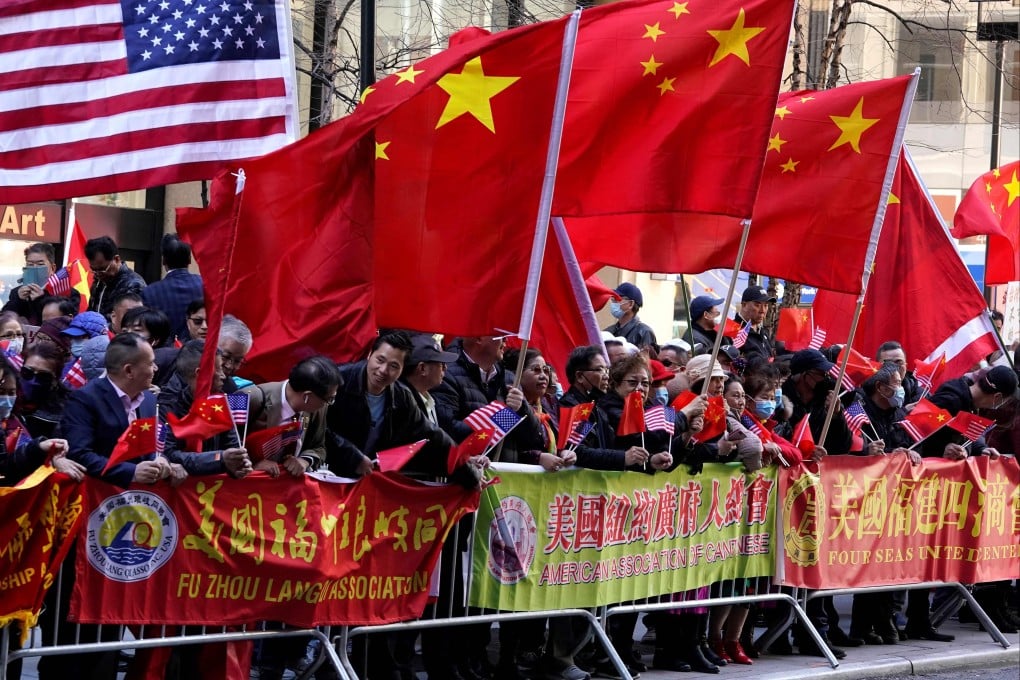Advertisement
Opinion | The Taiwan question is for Beijing – not the US – to resolve
- There is no need for Taiwan to be a tinderbox for US-China relations. The US can simply return to its one-China policy, laid out in three joint communiques
- These historical documents might also remind the US of the importance its leaders placed on US-China cooperation for global peace and stability
Reading Time:4 minutes
Why you can trust SCMP
27

Much has changed in the global balance of power since the 1972 Shanghai Communique set in motion steps towards the normalisation of US-China relations. This relationship has since become the world’s most consequential.
Advertisement
The steady US-China collaboration on trade, investment, manufacturing, science and technology, and academic, sport and cultural exchanges, in the past 50 years has yielded handsome dividends for both countries and the world. Yet, in recent years, relations have deteriorated rapidly into distrust and hostility, with some pundits even predicting a military confrontation over Taiwan.
What went wrong? How do we bring the relationship back on an even keel?
In 1972, the United States was willing to adopt a more tolerant and magnanimous attitude towards China, despite the vast differences in ideology, sociopolitical system and foreign policy. Perhaps this was because China was much poorer and weaker, unlikely to challenge US hegemony.
The US stated in the Shanghai Communique: “Countries should treat each other with mutual respect and be willing to compete peacefully, letting performance be the ultimate judge. No country should claim infallibility and each country should be prepared to re-examine its own attitudes for the common good.”
Advertisement
This is a far cry from the US industrial policy recently adopted to blunt China’s competitiveness in advanced technologies. The US has restricted hi-tech exports to China, forced allies to do the same and compelled the world’s most successful chip contractor, Taiwan Semiconductor Manufacturing Company, to relocate some of its most advanced production to the US.

Advertisement
